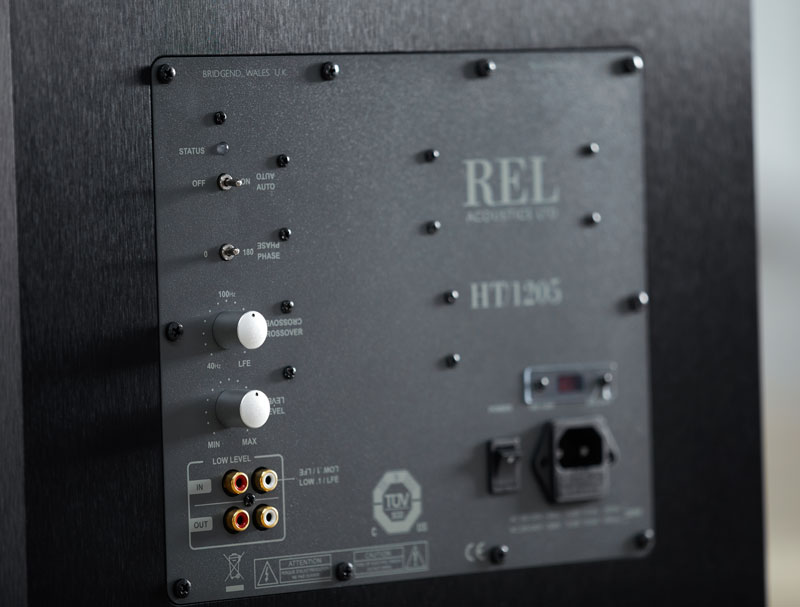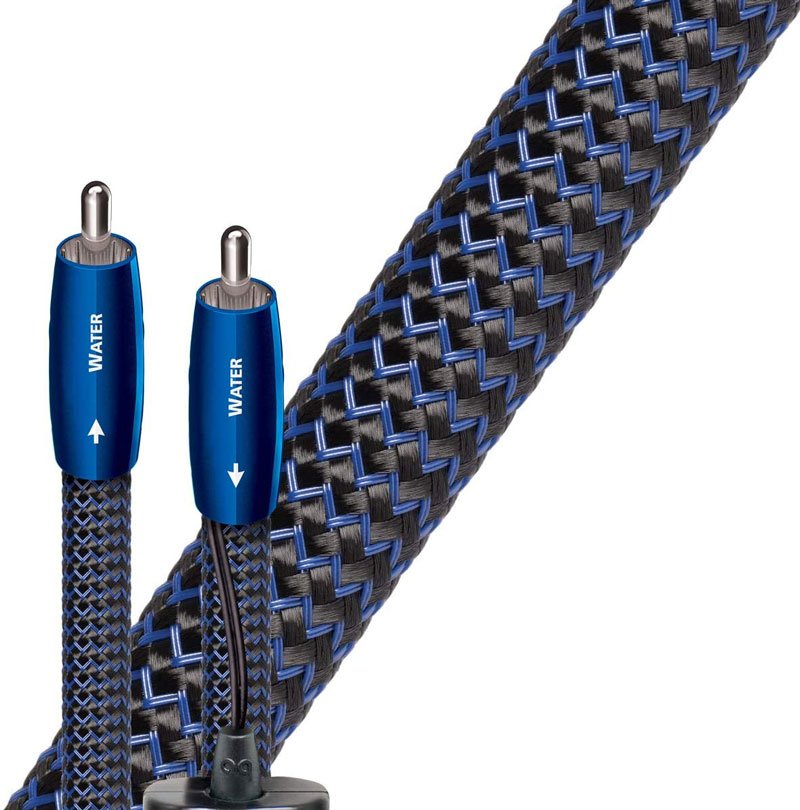Blog
Why Subwoofers Should be Connected With an RCA and Not a Coaxial Cable
Field Notes: (More) Dumb Practices to Avoid

Field Notes are real life experiences we share with you gleaned from the over 2,000 visits to dealers we make each year. We’re in the field a LOT, helping dealers and customers. Anytime we run into you in one of our stores we jump in and answer questions, do demos and generally have a great time talking shop. So we want to share a few common mistakes that we see in the field and best practices that we recommend.
#1 The F-Bomb: Never Use RG-59 (or RG-6) RF coaxial as a subwoofer cable. These two cables are the type used for radio, cable tv or satellite TV connections from antenna to television receiver. The cable is usually stiffer than a cable designed to carry audio signals because the stiff, copper hot wires running inside the middle of the cable resides inside a stiff insulator surrounded by first, a foil RF shield then a braided copper shield and, lastly, a hard polyethylene jacketing. It’d so ruggedly built because it’s designed to live a hard life, often outside. But unlike the family SUV that might look like it’s up to storming the beaches during an amphibian assault but is purpose-built to cosset its upper middle class owners in comfort, these cables have no business being used as interconnects in an audio system. The connector of choice for this cable is called an F-connector, or as many who’ve had to work with them in the field prefer (you may only use this after trying to use one as an audio connector), the F-Bomb.
We recently learned that a number of custom integrators and at least one big dealer use these cables as “subwoofer cables”, by which they mean LFE cables. Don’t do it! I’ll explain why. A cable is only as good as its connections. Most customers are unfamiliar with the best types of RCA’s to use for a given application and uncomfortable using a good bench-quality soldering iron. What winds up happening is that stiff RG59 and RG6 cables aren’t designed to be terminated into an RCA, the usual connector used with these is a crimp-style connector called an F-connector. You’ve seen them on older cable TV cables, they’re the fiddly things that never seem to stay threaded tightly to your cable or DirectTV box or modem and constantly come unthreaded. FM tuners often had an F-connector on the rear of the tuner.

What often happens is that a customer, trying to save money, winds up with this cheap, stiff cable that is designed for and dimensioned for the F-connector. They then buy a crimp style RCA connector, thinking “Hey, it’s just a subwoofer” but they don’t recognize that the RCA barrel that the hot conductor inserts into is MUCH large than the tiny wire from the RG59/6 cable. So they crimp it, thinking they’ve done a great job and plug the whole mess together where it then proceeds to hum because it’s actually not contacting anything inside the RCA connector.
Just to seriously piss you off, shortly thereafter, the whole connection falls apart. Folks who’ve tried to go this route often discover just how annoying a stiff cable is when trying to run their RG-whatever to their sub. It’s impossible to have it lay the way you want to, and the service loop to get it onto the rear of a subwoofer means you need as much as a foot of extra depth to allow the cable to describe a large enough radius to not kink the cable.
Buy the right tool for the job. Good quality audio interconnects intended for use in subwoofer applications and available pre-made in several lengths that make sense for the average home theater are available from everyone from no name companies on Amazon to AudioQuest who make a very reasonably-priced model called the Black Lab and like the dog breed, is friendly and easy to work with and gives excellent performance. It even includes an external ground wire, particularly useful as we live in a time when so many amplifier manufacturers seem to have lost any understanding of the need to supply a proper ground.
So, there you have it, buy a proper subwoofer cable, one that offers a supple enough jacket to be easily dressed to conform to the run you wish it to take, sounds good, comes fitted with tight RCA connectors that make excellent contact and is a great tool for the job. It’ll help you avoid using the F-Bomb and get you back to enjoying using your system.











